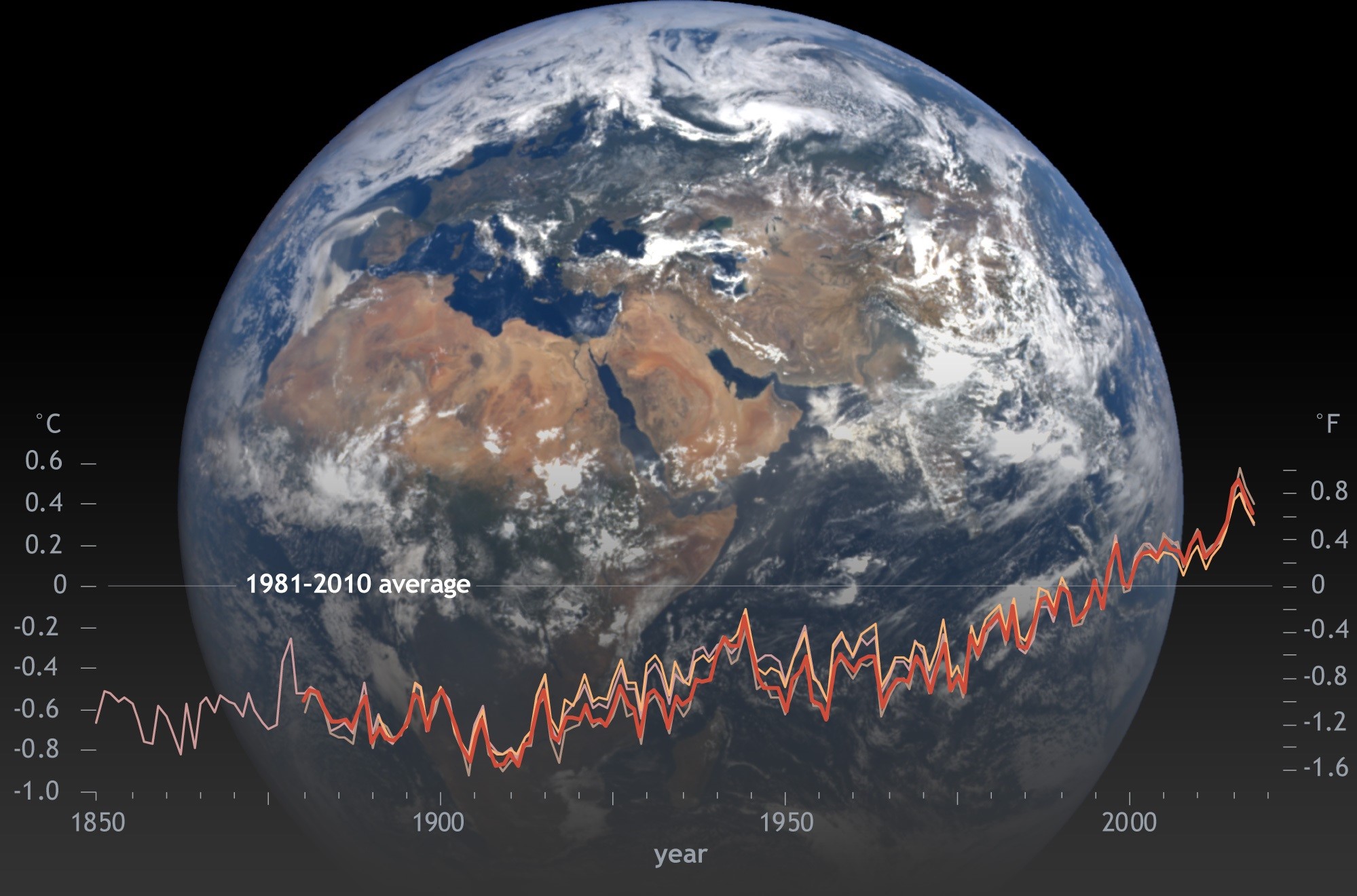
Reducing Agriculture Emissions
by NextGen Genetics
1. Cow Methane is the Potent Greenhouse Gas
8 megatons =
600 megatons CO2-eq every year

Domestic livestock such as cattle, swine, sheep, and goats produce CH4 as part of their normal digestive process. Also, when animal manure is stored or managed in lagoons or holding tanks, CH4 is produced. Because humans raise these animals for food and other products, the emissions are considered human-related. When livestock and manure emissions are combined, the Agriculture sector is the largest source of CH4 emissions in the United States. For more information, see the EPA Overview of Greenhouse Gases – Methane Emissions.
Methane
Chemical Formula: CH4
Global Warming Potential (100-year):
25-80 times more than CO2
The lifetime in Atmosphere: 12 years
2. Cow Methane also cause Lethal Bloat

$1B loss in US, every year

Reducing Cow Emissions by the Climate Bio’s Biomass Technology Platform:
- Develop and scale up anti-methane biomass technology for reducing cattle emissions.
- New biotech platform to generate new varieties that capture more carbon dioxide, enhance crop yield, and possess optimized biomass compositions for feed and biorefinery applications.
- Reduce 20-40% of cattle emissions and also prevent lethal bloats.
- Impact on 100 million US cattle that emit annually 8 megatons of methane.
- Effective bio-solution to climate/ag-problems linked to $120B beef/dairy markets


Climate Bio brings NextGen Biosolutions to the Planet

Understanding Global Warming of 1.5°C
The Climate Challenge
Human activities are estimated to have caused approximately 1.0°C of global warming above pre-industrial levels, with a likely range of 0.8°C to 1.2°C. Global warming is likely to reach 1.5°C between 2030 and 2052 if it continues to increase at the current rate.
Warming from anthropogenic emissions from the pre-industrial period to the present will persist for centuries to millennia and will continue to cause further long-term changes in the climate system, such as sea-level rise, with associated impacts. Climate-related risks for natural and human systems are higher for global warming of 1.5°C than at present but lower than at 2°C. These risks depend on the magnitude and rate of warming, geographic location, levels of development and vulnerability, and on the choices and implementation of adaptation and mitigation options.